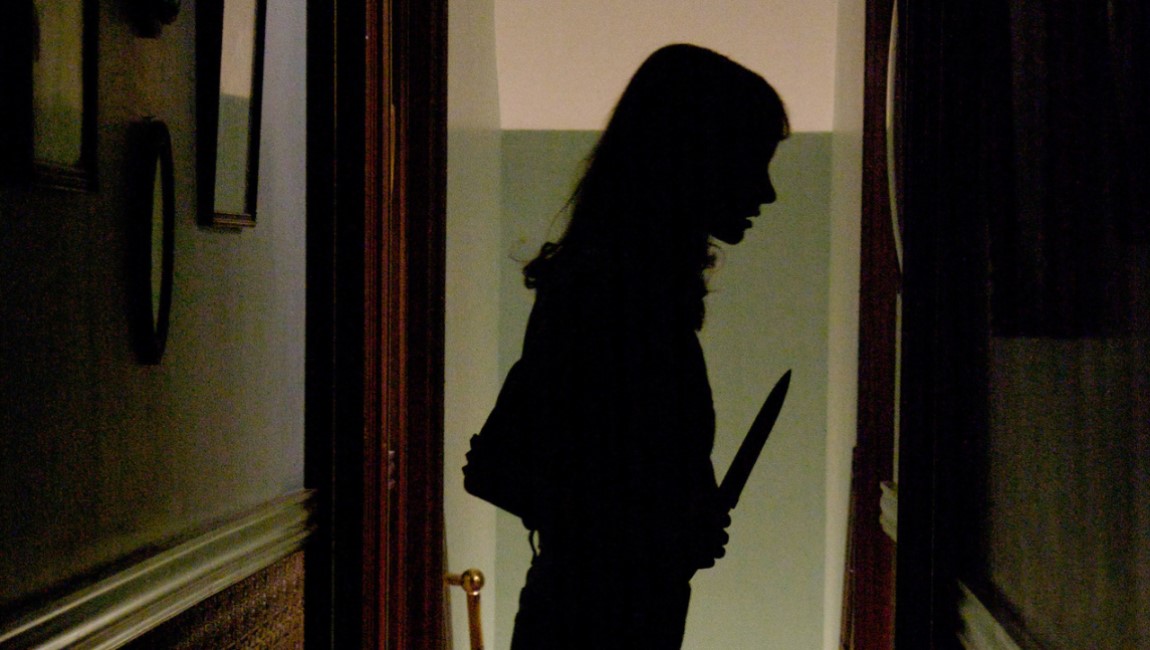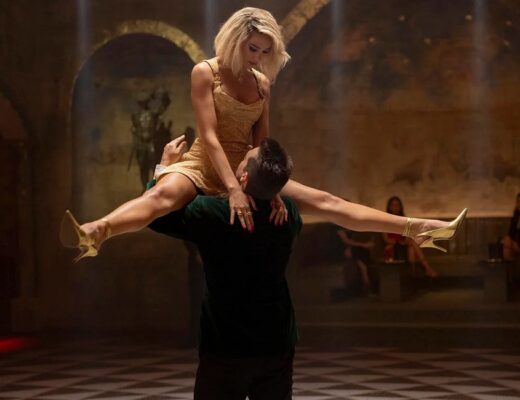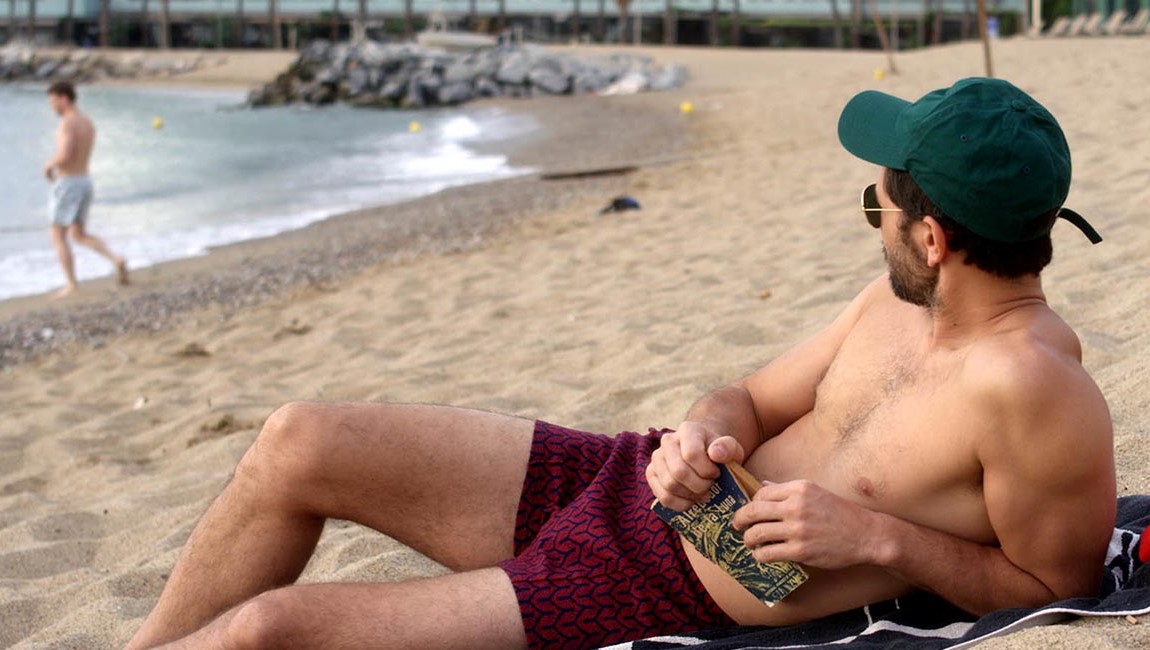A postmodern mash-up of horror movie fun, The House of the Devil is a fascinating, sometimes frustrating homage to ’70s horror films, set firmly in the ’80s. This quiet, creepy movie spends over an hour hypnotizing the audience into a tense trance before unleashing a surprising, demented final 30 minutes that will have you clinging to your Michael Myers bobblehead. Filmmaker Ti West has crafted a low-key horror hybrid that blatantly borrows from some of the greatest fright films ever made, including: Halloween, The Texas Chainsaw Massacre, and Rosemary’s Baby. The result is a mostly successful, scary little flick that showcases a filmmaker with a fantastic eye for technical detail, who knows how to deliver genuinely unsettling moments.
The bare bones story centers on college student Samantha (Jocelin Donahue), who needs cash for a new apartment. After she answers a babysitting ad, Samantha and her best friend Megan, played by mumblecore ingénue Greta Gerwig, with a head of fabulous feathered hair, drive to the “middle of nowhere” for this easy-money gig. Once there, they come face to face with two of the oddest people you’ll ever meet. Superstar character actor Tom Noonan and longtime cult fave Mary Woronov play Mr. and Mrs. Ulman, a couple with so many bizarre personality tics and awkward social habits that just observing their simple conversations becomes troubling and bizarre. For the rest of the film we watch Samantha creep around the old dark house feeling tense and nervous. (I felt that way, too.) Donahue is spot-on as the young babysitter Samantha, totally freaked out by an unknown sound one minute, and then calming down to order pizza and listen to music the next. The anxiety here will resonate with anyone who’s been alone in an unfamiliar house late at night.
Unlike many contemporary horror films (Hostel, Saw, etc.) House of the Devil lays back, takes its time, and lets the disquieting mood get under your skin. West, who wrote, directed and edited the film, has a singular vision, which is evident in every frame: Whether it’s the stripped down settings and funky opening credits or the intimate character close-ups and meticulous, artful framing of each shot, West is in complete control of the tone. The period details are wonderful as well. Samantha spends many scenes fondling her trusty walkman (note to the kids: that’s an old style iPod), and when she cranks up “One Thing Leads to Another” by The Fixx, you know that 1983 is in the house. The film does, however, raise questions about the merits of “tribute filmmaking.”
West doesn’t really offer a new spin on the horror genre, nor does he directly comment on, or satirize, an old genre. What he presents is more like a cinematic experiment. (Maybe not as obvious as Gus Van Sant’s remake of Psycho, but with the same motivation.) It’s as if the director’s intention was to take pieces of films that he loved, re-shoot them in a slightly different time frame, and see what came together. In some ways, Quentin Tarantino has based his entire career on doing just that — and of course all great filmmakers are influenced and inspired by what came before them — but he at least brings something new to the table, borrowing from familiar genres and situations and adding his snappy dialogue and unique characters. With House of the Devil, West creates something cool and quasi-new by melding bits and pieces of retro-cinema together; still, the emotional core appears empty. What’s the message? Is this simply a love letter to horror films of the past? That’s probably getting too serious. The film is chilling, tightly constructed, and chock full of strong performances. West is clearly a talented filmmaker with a passion for the genre. And so our first date was a lot of fun; it’s on the long term that I worry where this relationship will go.







